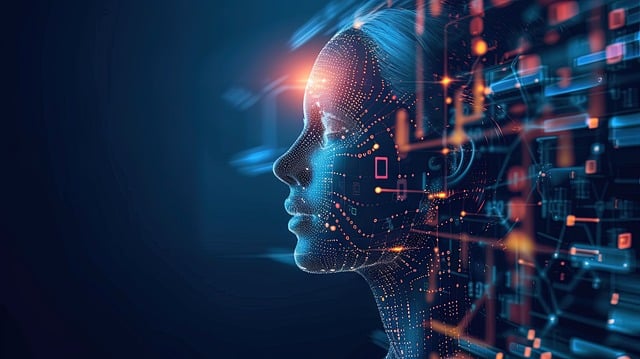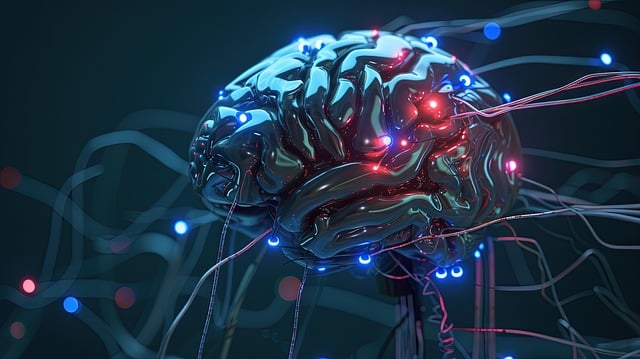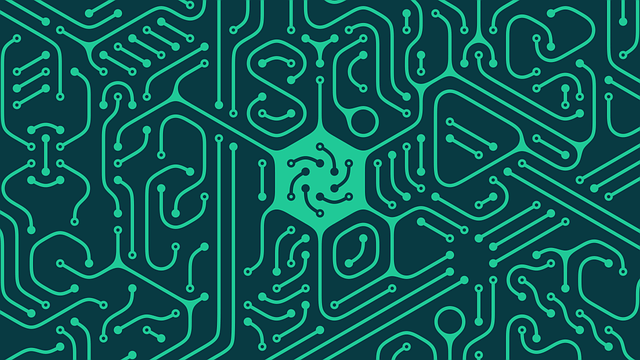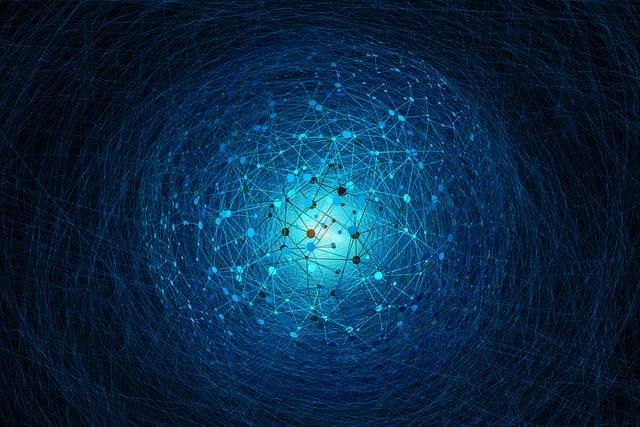Convolutional Neural Networks (CNNs) have revolutionized the field of artificial intelligence, particularly in the realm of computer vision. These powerful algorithms are designed to automatically and adaptively learn spatial hierarchies of features from input images, making them indispensable for tasks like image recognition, object detection, and even medical image analysis. Whether you’re exploring AI-driven solutions or diving into deep learning frameworks, understanding CNNs is essential for anyone looking to harness the power of modern machine learning.
Why Convolutional Neural Networks Matter
CNNs have become the backbone of many cutting-edge technologies, from self-driving cars to facial recognition systems. Their ability to process visual data with remarkable accuracy has made them a cornerstone of AI innovation. But what exactly makes CNNs so special? Let’s break it down step by step.
The Architecture of CNNs
At the heart of a CNN lies its unique architecture, which is inspired by the human visual cortex. The network consists of multiple layers, each designed to extract specific features from the input data. The primary layers include convolutional layers, pooling layers, and fully connected layers.
Convolutional layers are responsible for detecting local features such as edges, textures, and patterns. These layers apply a series of filters to the input image, producing feature maps that highlight important aspects of the data. Pooling layers, on the other hand, reduce the spatial dimensions of the feature maps, making the network more computationally efficient. Finally, fully connected layers combine these features to make predictions or classifications.
This hierarchical structure allows CNNs to learn complex patterns and relationships within the data, making them highly effective for tasks that involve visual information.
How CNNs Learn from Data
Training a CNN involves feeding it a large dataset of labeled images. The network adjusts its internal parameters, such as weights and biases, to minimize the difference between its predictions and the actual labels. This process, known as backpropagation, is guided by a loss function that quantifies the network’s performance.
During training, the CNN learns to recognize increasingly abstract features. For example, in the early layers, it might detect simple shapes like lines and curves. As the data progresses through the network, the later layers identify more complex structures, such as objects or faces. This ability to learn hierarchical representations is what sets CNNs apart from traditional machine learning models.
Applications of CNNs in Real-World Scenarios
CNNs have found applications in a wide range of industries, thanks to their versatility and accuracy. In healthcare, they are used to analyze medical images, such as X-rays and MRIs, to detect diseases like cancer. In the automotive industry, CNNs power the vision systems of autonomous vehicles, enabling them to navigate safely through complex environments.
Retailers use CNNs for inventory management and customer behavior analysis, while social media platforms rely on them for content moderation and facial recognition. The possibilities are endless, and as AI technologies continue to evolve, the impact of CNNs will only grow.
Challenges and Limitations of CNNs
Despite their many advantages, CNNs are not without their challenges. One major limitation is their reliance on large amounts of labeled data for training. Collecting and annotating such datasets can be time-consuming and expensive. Additionally, CNNs require significant computational resources, which can be a barrier for smaller organizations or individuals.
Another issue is the “black box” nature of CNNs. While they deliver impressive results, it can be difficult to interpret how they arrive at their decisions. This lack of transparency can be problematic in critical applications, such as healthcare or criminal justice, where understanding the reasoning behind a decision is crucial.
The Future of CNNs and AI
As research in deep learning continues to advance, we can expect CNNs to become even more powerful and efficient. Techniques like transfer learning and data augmentation are already helping to address some of the challenges associated with CNNs, making them more accessible and practical for a wider range of applications.
Moreover, the integration of CNNs with other AI technologies, such as reinforcement learning and natural language processing, is opening up new possibilities for innovation. From smart cities to personalized healthcare, the future of CNNs is bright and full of potential.
Conclusion
Convolutional Neural Networks have transformed the way we approach visual data, enabling breakthroughs in countless fields. Their ability to learn and adapt makes them a cornerstone of modern AI, and their applications are only limited by our imagination. As we continue to refine and expand these technologies, CNNs will undoubtedly play a central role in shaping the future of artificial intelligence. Whether you’re a researcher, developer, or simply an AI enthusiast, understanding CNNs is a crucial step toward unlocking the full potential of machine learning.






